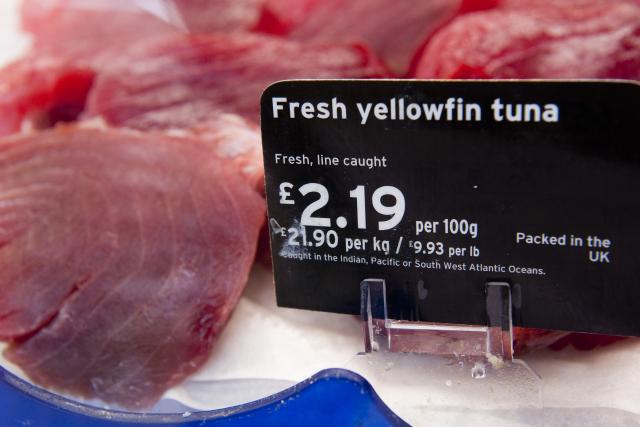
Why We Need Tuna
Tuna are essential for a healthy ocean ecosystem. Being an apex predator at the top of the food chain, tuna are a significant part of the ocean nutrient pump transporting nutrients to the sea surface where plankton need them to thrive, producing oxygen and capturing carbon dioxide. Large fish like tuna can also be important blue carbon sinks, literally sinking when they die, taking all the carbon in their bodies to the ocean depths where it will remain.
Tuna are also some of the world’s most commercially valuable fish. They are a key part of the food system, providing protein sources to artisanal fishers as well as supplying commodities to international supermarkets.
Due to its popularity, at least one third of tuna species are fished at unsustainable levels. Unless action is taken, tuna will no longer be able to contribute to ocean health or the food system.
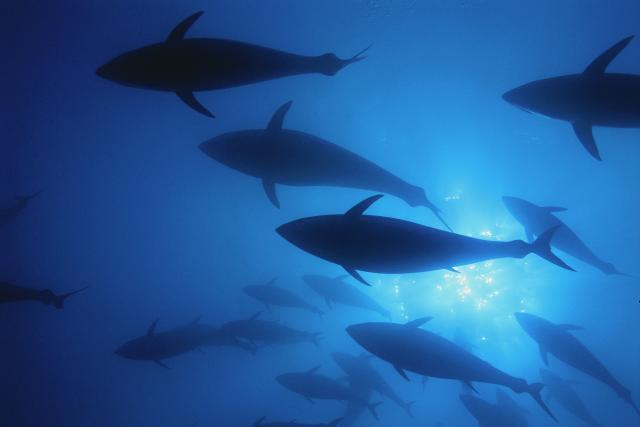
Back To Biology
WWF recommends using the Spawning Stock Biomass (SSB) ratio to measure tuna population health. The SSB ratio tells us how many reproductively active tuna there are left in the current population compared to what were in the original population. It is a powerful metric as it considers the state of the healthy population as a baseline, and in particular how many large fish there are in the population.
In order for tuna stocks to be at a healthy level, they should be maintained at, or rebuilt to, at least 40% of their original spawning stock biomass (SSB 40 target) with a fishing mortality that does not impair the ability of the stock to replenish itself.
The Back to Biology tuna report assesses how many tuna stocks currently meet these criteria. It shows that out of the 21 temperate and tropical tuna stocks, only 4 with the available data are above the target of SSB 40 and 3 are almost on target, leaving at least 6 stocks below target and 8 that have not been assessed against this metric.
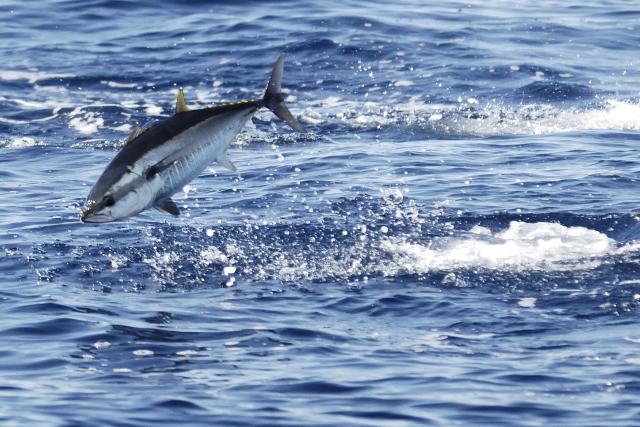
Our Seascape Approach
WWF calls on governments, tuna Regional Fisheries Management Organisations (RFMOs), tuna suppliers and retailers to adopt a holistic seascape approach for tuna management and sourcing. There is an urgent need to look beyond certifications of individual supply chains and gear types and consider the whole tuna stocks, by aiming for a healthy stock size and reducing the environmental and social impacts of tuna fishing.
Tuna RFMOs and their member governments are responsible and accountable for sustainably managing tuna and other marine species in the areas under their jurisdiction. Suppliers and retailers also have an important role to use their purchasing power to help transform the future of tuna.
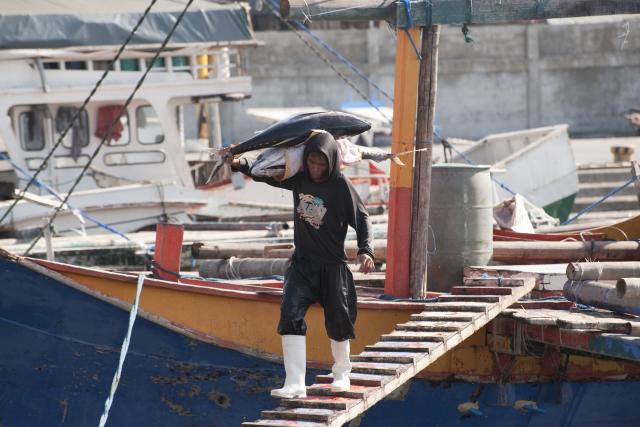
Our Actions: Management
WWF will advocate tuna RFMOs and their government members to ensure:
- Tuna stocks are maintained or rebuilt to healthier levels (e.g. at least 40% of their original stock sizes or SSB 40).
- Catching and killing of juvenile tuna or threatened marine life such as sharks, turtles, seabirds and marine mammals in tuna fisheries is stopped.
- Human rights abuses in tuna fisheries are stopped.
- Tuna fishing activities are truly effectively managed, including publicly available transparent information on the health of the stocks.
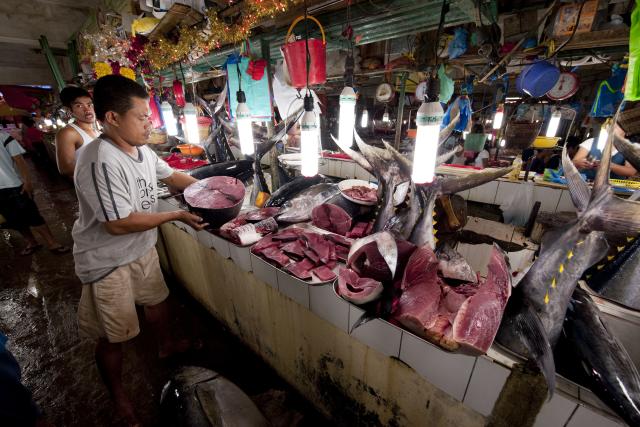
Our Actions: The Market
WWF will engage the tuna market sector such as suppliers and retailers to:
- Support and adopt healthy stock status (such as a minimum of SSB 40) as a target in their tuna sourcing.
- Incorporate industry best practices in their tuna supply chains to eliminate bycatch of juvenile tuna, threatened marine life as well as human rights abuses, with evidence of implementation.
- Support improvement of existing tools like fisheries improvement projects (FIP), traceability initiatives and certification schemes to aim for an SSB 40 target.
- Support small scale fishers to improve access and management of their tuna fisheries through certification or FIP initiatives.
- Advocate tuna RFMOs and their member governments so that tuna fisheries are truly sustainably managed and support coastal communities.
- Support and invest modern technologies such as Electronic Monitoring (EM) for data collection and management.
- Be transparent about their activities and tuna supply chains.
- Make use of the Tuna sourcing identification checklist and its table to look for areas of improvement.
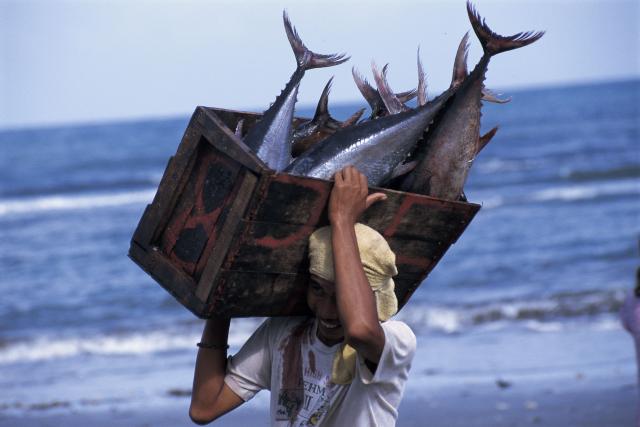
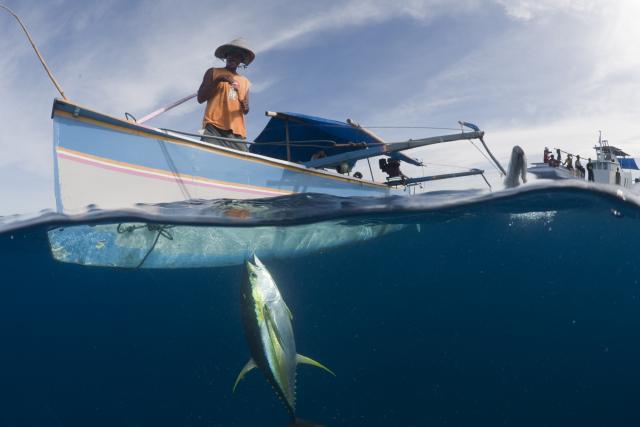
Together Possible
We need ‘ocean health’ friendly tuna fisheries. WWF can’t do this alone and we need collaboration with all seafood stakeholders to make this successful. We will actively work with government, suppliers, retailers, fishers, academic institutions and other organisations to ensure long term sustainability of tuna and address our climate, nature and people triple challenge.
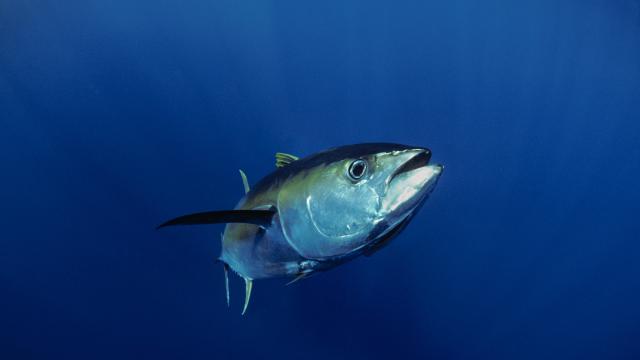
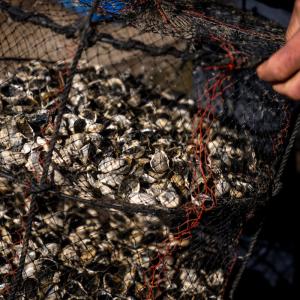 Working on seafood: The Blue Food
Working on seafood: The Blue Food
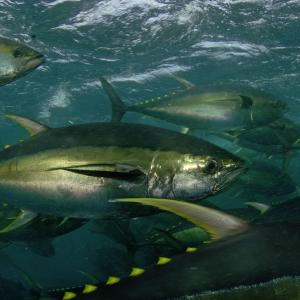 Learn about the mighty tuna fish
Learn about the mighty tuna fish
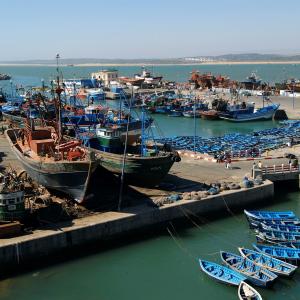 Illegal, Unreported and Unregulated Fishing
Illegal, Unreported and Unregulated Fishing